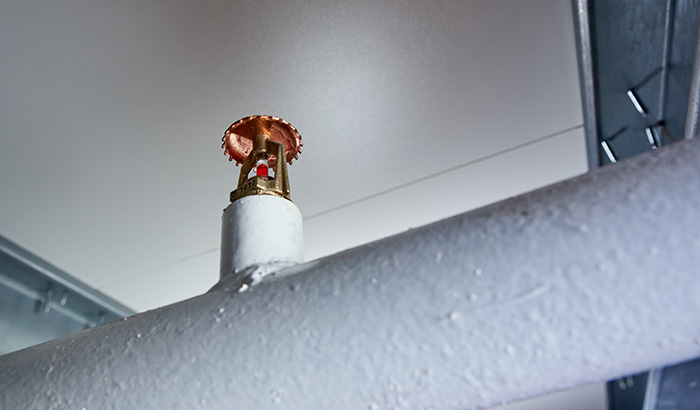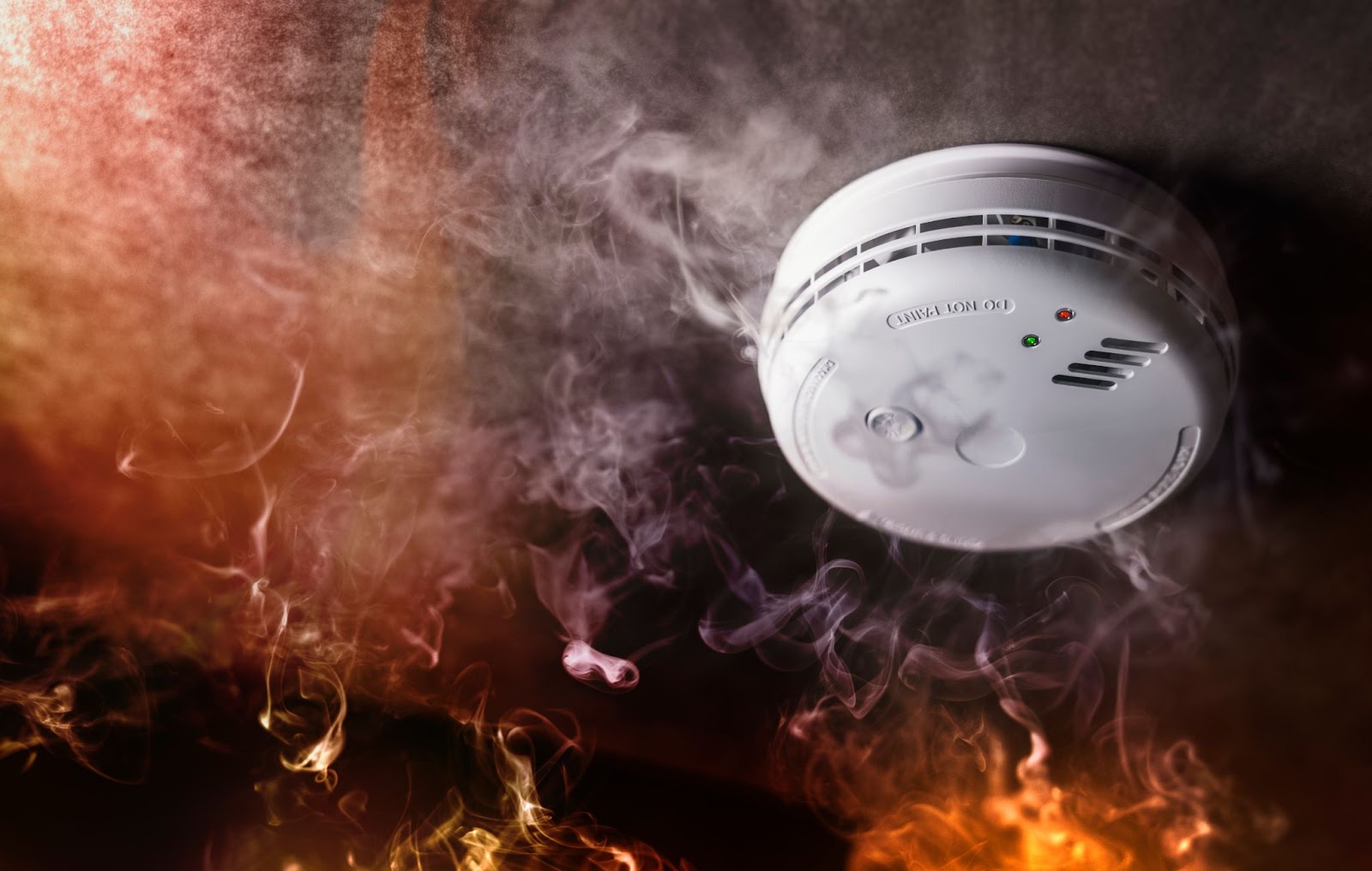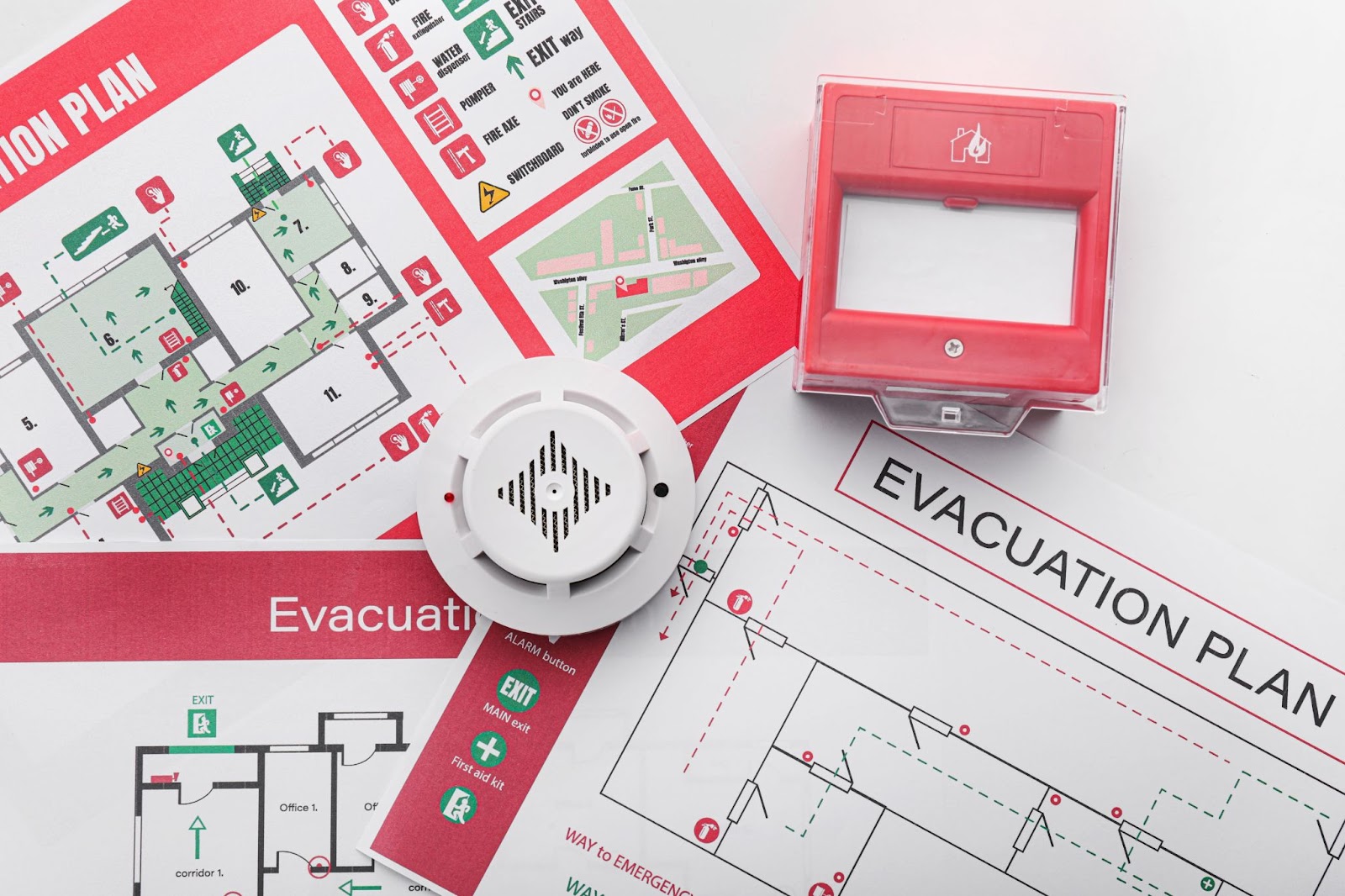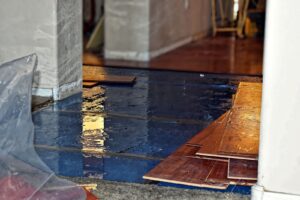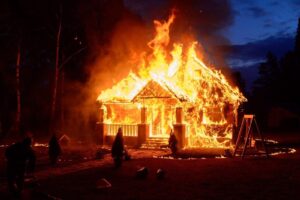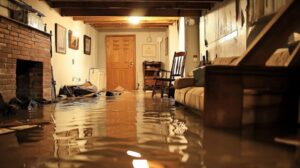In our homes, prioritizing safety is paramount, and effective fire prevention is at the core of safety. Fires, with their destructive potential, not only wreak havoc on property but also pose grave threats to the lives of our loved ones.
The mere thought of a fire igniting within the sanctuary of our homes sends shivers down our spines, underscoring the urgent need for comprehensive fire prevention measures. We owe ourselves and our families an environment where the risk of fire is minimized, allowing us to enjoy peace of mind and security within the walls of our homes.
That’s why we’re here to share some important tips and strategies for minimizing fire risk in your home. From simple habits to practical precautions, this blog aims to equip you with the knowledge and tools to protect your family and property from fire dangers.
So, let’s dive in and explore how to make your home a safer place for everyone.
1. Install smoke alarms
Ensuring your home is equipped with smoke alarms is important for early fire detection. Smoke alarms give you and your family precious time to escape in the event of a fire. These devices are the first line of defense, alerting you to potential danger before it escalates.
When installing smoke alarms, it’s best to strategically place them in various key locations within your home to ensure comprehensive coverage. Bedrooms are a critical area to install smoke alarms as people spend a significant portion of their time sleeping, making early detection crucial for safety during the night.
Hallways serve as primary pathways through your home, allowing smoke alarms placed here to effectively detect any signs of fire spreading from room to room. Near the kitchen is another critical location due to the higher likelihood of cooking-related fires occurring in this area.
Additionally, regularly test your smoke alarms, typically once a month, to ensure they are functioning correctly. It’s also necessary to replace the batteries at least once a year and replace the entire unit every ten years to maintain peak performance.
2. Practice safe cooking habits
Cooking-related fires are a leading contributor to home fire incidents. Ensuring safety in the kitchen is key in averting these types of fires. Cultivating safe cooking habits mitigates potential accidents.
Remain vigilant throughout the cooking process, never leaving stove tops or ovens unattended, especially when dealing with oils or high temperatures. Maintain a clear perimeter around the stove, keeping flammable items like dish towels and paper towels at a safe distance to prevent inadvertent ignition.
Equally vital is a fire extinguisher within easy reach in the kitchen, serving as a critical tool in the fight against potential fires. It’s important to know how to effectively operate a fire extinguisher, especially in the chaos of a small fire erupting unexpectedly. With swift action and the right technique, a fire extinguisher will swiftly douse flames before they have a chance to escalate, averting potentially catastrophic consequences.
It’s not merely about having the extinguisher on hand but also understanding its operation, so that when the need arises, you are able to act decisively to protect yourself, your loved ones, and your home from harm.
Familiarizing yourself with the PASS technique — Pull, Aim, Squeeze, Sweep — ensures swift and efficient extinguishing. By embracing these prudent cooking practices and having tools readily available, you substantially reduce the likelihood of kitchen fires, safeguarding your home and loved ones.
3. Electrical safety
Prioritizing electrical safety is essential for minimizing the risk of electrical fires in your home. Properly maintaining your electrical system is key to preventing potential hazards. Avoid overloading outlets; don’t plug in too many appliances or devices simultaneously, as this results in overheating and poses a fire risk.
It’s also important to safely use extension cords throughout your home. Avoid overloading extension cords by plugging in too many appliances or devices, as this leads to overheating and potentially start a fire.
Refrain from running extension cords under rugs or carpets, where they may become damaged without your knowledge. Damaged cords pose a significant fire risk, as exposed wires could spark and ignite nearby materials. Instead, opt for proper cord management solutions, such as using cord covers or installing additional outlets where needed.
When it comes to electrical repairs or upgrades, always enlist the services of a qualified electrician. They possess the necessary expertise to identify and address electrical issues safely and effectively, reducing the likelihood of electrical fires.
By adhering to these guidelines and emphasizing electrical safety, you’ll establish a safer living environment for yourself and your family.
4. Heating safety
Maintaining heating safety is imperative for reducing fire hazards in your home. Properly upkeeping heating appliances ensures their safe, efficient operation. This entails regular inspections, cleaning, and servicing by qualified professionals to address potential issues promptly.
When using space heaters, adhere to safety guidelines such as keeping them clear of flammable materials like curtains, bedding, or furniture, and never leaving them unattended.
Annual chimney inspections and cleanings are paramount for households with fireplaces to eliminate any accumulated creosote or debris that could ignite and trigger a chimney fire. Contribute to fire prevention and enhance the safety and security of your home and loved ones by prioritizing heating safety measures.
5. Smoking safety
Smoking outside the home significantly reduces the risk of accidental fires indoors. Properly extinguishing cigarettes by dousing them with water or sand before disposing of them in designated receptacles is key.
Smokers should use deep, sturdy ashtrays to prevent ashes from being blown away by the wind and causing fires. It’s important to never smoke in bed or when feeling drowsy, as this increases the risk of inadvertently starting a fire. Follow these simple yet crucial safety measures to significantly reduce the fire risk and keep yourself and your homes safe.
6. Candle safety
Proper candle usage significantly reduces the risk of accidents. It’s crucial to never leave candles unattended, especially when they’re lit, as this may lead to accidental fires.
Keep candles away from flammable materials such as curtains, fabrics, or paper to minimize fire hazards. Consider utilizing flameless candles, which offer a safer alternative to traditional candles as they don’t pose a fire risk.
Adhere to these straightforward yet crucial safety practices, to fully enjoy the ambiance of candles in your home while effectively minimizing the risk of fire incidents.
7. Develop a fire escape plan
Crafting a fire escape plan ensures the safety of everyone in your household in the event of a fire emergency. A well-thought-out plan empowers family members to respond quickly and effectively, minimizing the risk of injuries or fatalities.
When creating your fire escape plan, identify multiple exits from each room, including windows and doors, and ensure they are easily accessible. Practice fire drills regularly to familiarize everyone with the escape routes and procedures.
Additionally, designate a meeting place outside the home where everyone can gather after evacuating safely. By proactively planning and practicing your fire escape plan, you’ll enhance your family’s preparedness and resilience in the face of a fire emergency.
8. Store flammable materials safely
Ensuring the safe storage of flammable materials reduces the risk of accidental fires in your home. Store these items properly in designated areas away from heat sources and direct sunlight.
Keep flammable materials in well-ventilated spaces, preferably in cool, dry areas, to minimize the chances of ignition. When storing flammable liquids, use tightly sealed containers to prevent leaks or spills.
Regularly inspect stored materials for signs of damage or deterioration and responsibly dispose of any expired or unused items. You can significantly decrease the likelihood of fires caused by flammable materials and enhance the overall safety of your home by implementing these safety measures.
9. Install fire suppression systems
Incorporating fire suppression systems, like sprinklers, into your home is a proactive measure for preventing fires from spreading and mitigating potential damage. These systems are designed to detect and extinguish fires automatically, offering an added layer of protection for your property and loved ones.
When installing fire suppression systems, it’s essential to consult with professionals to ensure proper placement and configuration tailored to your home’s layout and specific needs. Regular maintenance and inspections also ensure the system functions optimally when you need it to.
Understanding how fire suppression systems operate empowers homeowners to make informed decisions about their installation and upkeep, ultimately enhancing overall fire safety in the home.
10. Install fire-resistant materials
Installing fire-resistant materials is a proactive, effective measure when protecting your home from the threat of fire. Fire-rated drywall, insulation, and roofing are designed to withstand high temperatures and inhibit the spread of flames, making them invaluable components of your home’s defense system.
Similarly, fire-resistant insulation, such as mineral wool or fiberglass, provides an added layer of protection by slowing down the transfer of heat during a fire. Additionally, opting for fire-resistant roofing materials, such as asphalt shingles with a Class A fire rating or metal roofing, can help prevent flames from spreading to the structure of your home.
By investing in these fire-resistant materials, you not only increase the safety of your home but also buy precious time for evacuation and firefighting efforts in the event of a fire emergency.
Trust Total Flood and Fire Restoration
Safeguarding your home against the threat of fire is a responsibility we all share as homeowners. By implementing these preventative measures, you significantly reduce the risk of fire-related incidents.
However, in the unfortunate event that fire does occur, having a trusted partner like Total Flood & Fire Restoration makes all the difference in the recovery process. With our expertise and dedication to restoring homes and lives, Total Flood & Fire Restoration stands ready to assist you every step of the way.
Prioritizing fire safety isn’t merely about protecting your property but also ensuring the safety and well-being of your loved ones. So, take the necessary steps today to protect what matters most, and then trust Total Flood & Fire Restoration to be there when you need them most.
We’re available 24/7, so call 385-503-2572 or contact us whenever the need arises.

